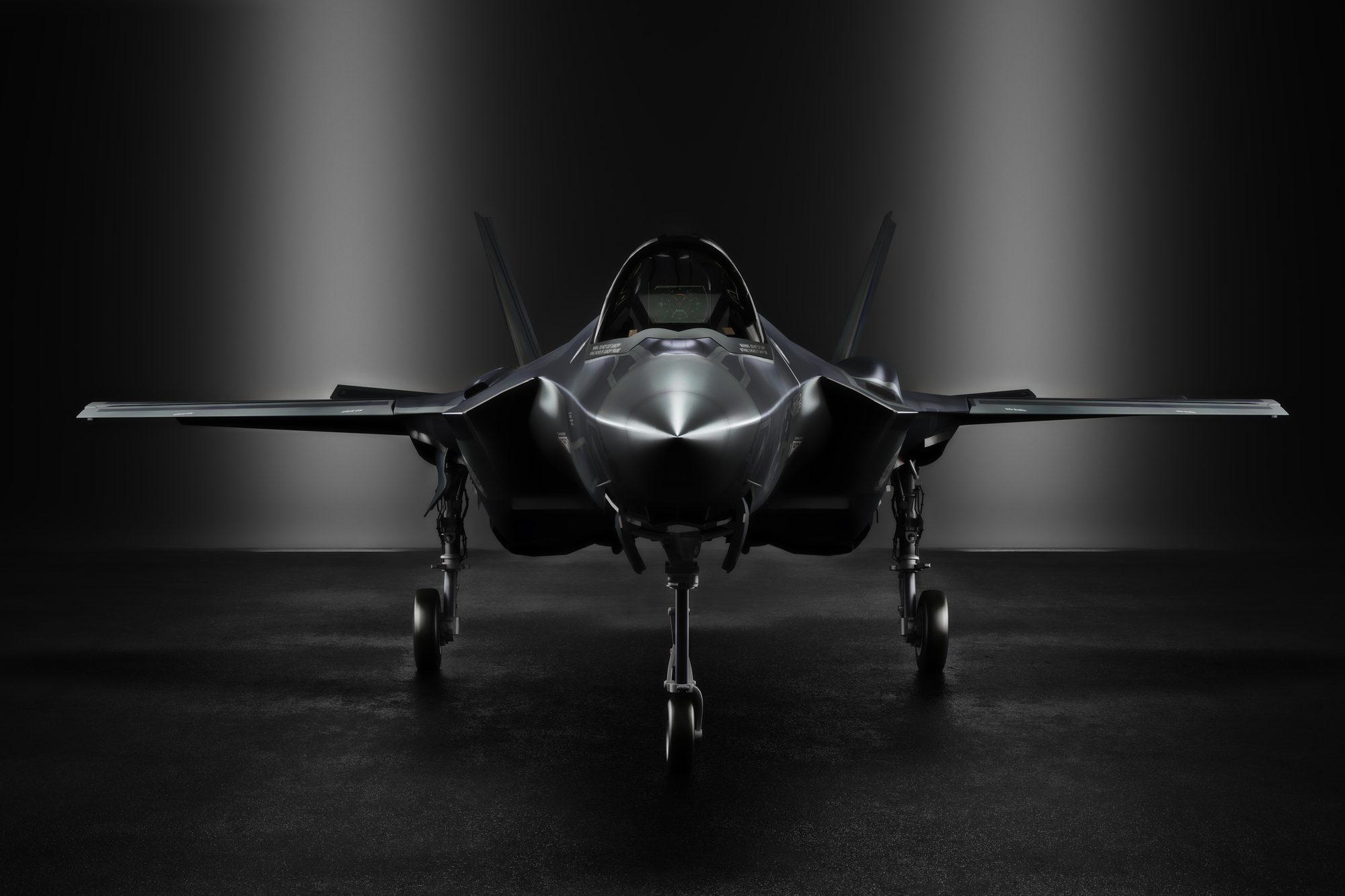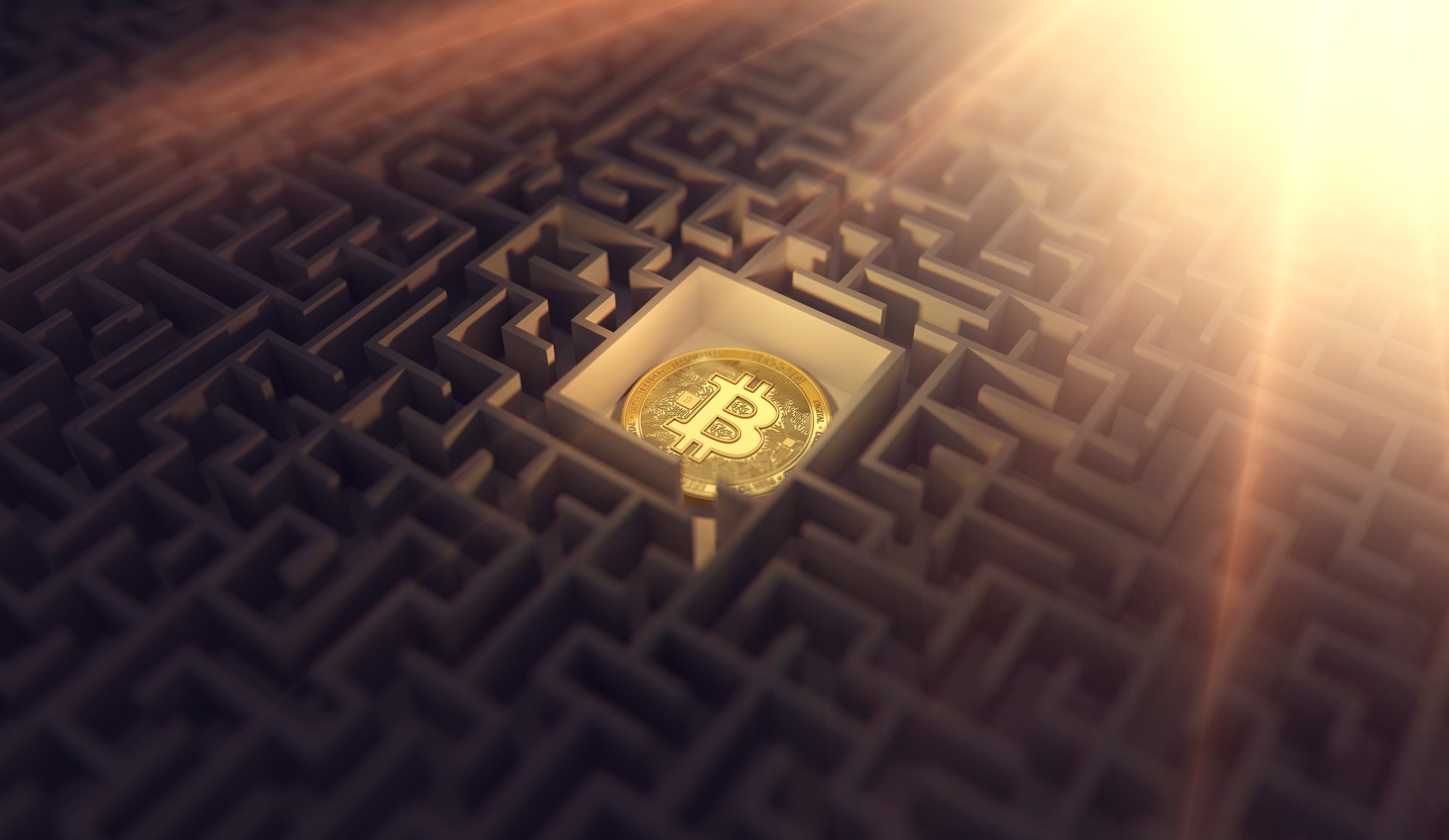We told you it was coming.
The battle between China and the United States over advanced microchips just entered the next phase.
And its ramifications could be disastrous.
I am not just talking about the disruption of basic mobile phones or electric car supply chains – THIS is much more serious.
A few months ago, we told you how the United States blocked China’s access to advanced chips and the technology to manufacture them and how it exerted pressure on its allies, namely the Netherlands and Japan, to restrict the export of chipmaking tools.
So it should come as no surprise that China would retaliate.
And it did.
Beginning in August, China will put export curbs on gallium and germanium.
These two elements, often associated with rare earths, are essential in the production of computer chips and can be found in everything from mobile phones, solar panels, electric vehicles, and LEDs.
The supply disruption of these products alone could wage an economic war that could send inflation higher.
But there is something much more to China’s export curbs.
You see, China doesn’t want to wage an economic war by disrupting the supply chain of consumer technologies – that would hurt China’s economy just as much as it would hurt the U.S., given so much of these consumer products are “Made in China.”
So what exactly will these export curbs target?
The Military-Industrial Complex
Rare earths are critical to the military-industrial complex.
It takes 930 lbs. of rare earth metals to build just one F-35 stealth fighter jet. Lockheed Martin expects to make 156 per year by 2025.
It takes 5,200 lbs. to build an Arleigh Burke DDG-51, a class of guided-missile destroyers built for the United States Navy. The U.S., under the National Defense Authorization Act, has allocated funding to build three of these ships per year but has plans to procure 18 similar Flight III ships by 2025.
Want to build the latest nuclear-powered cruise missile fast-attack submarines, such as the Virginia Class SSN-774? That’ll take 9,200 lbs of rare earths. The U.S. procures two of these per year, and is sending three of them to Australia.
What about gallium and germanium? Both of these elements are critical components in cutting-edge weapon technology that U.S. defense companies produce.
“Active Electronic Scanning Array [AESA] radars, utilized extensively in modern warplanes, warships, and ground installations, heavily depend on the foundational materials of gallium arsenide [GaAs] and gallium nitride [GaN]. These elements are under the expert domain of Fu Qianshao, a renowned Chinese military aviation specialist, as reported by the Global Times recently.”
Right now, the United States gets about half its supply of both metals directly from China, the largest producer and supplier of rare earth metals in the world. In addition, according to the latest figures from 2019, the U.S. gets 78% of its rare earths from China.
And that’s a big deal because arms transfers and defense trade are one of the most important tools of U.S. foreign policy.
Via Council on Foreign Relations:
“The United States is the biggest arms dealer on earth. From 2017 to 2021 it sold weapons to over 100 nations, and in 2020 alone, American companies made $111 billion from foreign military sales.
While this may sound like a lot, profits are actually only a part of why the U.S. does it. Behind the scenes, arms sales are a common foreign policy tool, giving the U.S. leverage over the countries it sells to, and, according to some, helping it to shape behavior, conflicts, and security all over the world.”
In other words, without an adequate supply of rare earths, not only will the U.S. be delayed in its own military efforts, but it could put a roadblock in supplying its allies with weapons and defense systems – a key negotiation anchor for the United States.
If this happens, guess who will be right there to step in and “help”?
That’s right, China.
China’s Military Expansion
While everyone is focused on the might of U.S. military technology, don’t think for one second that China isn’t bolstering its own fleet of advanced fighter jets, warships, and weapons.
In fact, China could have already built 200 F-35-like fighter jets.
“Based on the serial and running numbers painted on the aircraft on display at this month’s air show in Zhuhai, Guangdong province, earlier estimates suggested China may have constructed at least 200 J-20s.”
What about warships?
Via The Guardian:
“The Chinese Communist party-controlled newspaper, the Global Times, reported on Tuesday that China would complete its military expansion and modernisation by 2035, “including the development of a blue-water navy, to match the country’s international status and better defend its interests”.
A blue-water navy is one that traverses deep oceans and operates globally.
Naval News has reported that five type 052D destroyers, capable of launching long-range missiles, are being built.”
Submarines? No problem.
While China is pretty secretive about its submarine fleet, estimates suggest it already had 66 boats in 2020, with 76 expected by 2030.
And in addition to bolstering its own fleet, China is making strides in becoming an advanced global arms dealer, making submarines and warships for other countries such as Pakistan and Thailand.
So while everyone is focused on potential supply chain issues for phones and cars, the real trade war is about military tech.
It’s no wonder China has already placed Lockheed Martin and a unit of Raytheon Technologies on an “unreliable entities list” over weapon sales to Taiwan.
In addition, both Raytheon and Northrop Grumman are on the brink of launching new AESA radar systems that primarily rely on gallium nitride (GaN) and are being integrated into the radars for many new fighter jets – including the F-35.
With China in control of roughly 85% of the world’s gallium reserves, the West will not only incur significant costs to bypass Chinese supplies but it will most certainly be delayed when attempting to look for new sources of these metals.
Why is this important?
Recall what we wrote just a few months ago.
Via our past letter, “The Next Bellwether Commodity“:
“If China stops exporting rare earth metals in retaliation, the West will have to secure an alternate source. And because most of their reserves lie outside Western borders, that may call for a proxy war.”
So let’s look and see where else can we find rare earths and what’s happening in those places.
Australia: 4th Largest Producer of Rare Earths
In December, the U.S. and Australia agreed to deepen their defense cooperation.
Shortly after, the U.S. agreed to send nuke-powered subs to Australia.
Via Politico:
“The U.S. is preparing to sell three to five nuclear-powered submarines to Australia, an unprecedented step that’s expected to pave the way for Canberra to co-develop and then eventually build its own attack boats in the decades ahead, President Joe Biden announced Monday alongside his allied counterparts.”
Aside from the geographical proximity to China, what does Australia have that the U.S. wants?
That’s right: rare earths.
Australia is the world’s 4th largest producer of rare earth metals, next to China (1), the U.S. (2), and Myanmar (3).
Is it a coincidence that the US has recently bolstered its military relations with Australia?
Myanmar: 3rd Largest Producer of Rare Earths
What about the world’s third largest producer of rare earths, Myanmar?
Well, here’s a small excerpt via Foreign Affairs from last month:
“For much of the last two years, the Burmese crisis received minimal attention from the United States and China, despite unfolding at a time of intensifying great-power tensions. Washington and its partners have voiced support for Myanmar’s pro-democracy faction, yet geopolitical considerations have limited their willingness to take forceful action against the junta. Although Beijing favors the military dictatorship in some respects, it initially opted to wait and see, too.
But this great-power restraint is now breaking down. Misperceiving several developments as indications that the antiregime forces are American proxies, Beijing is moving with increasing determination to shore up the junta. The result is what one might call Cold War–ization: the civil war is attracting outside meddling by great-power rivals, each fearing that inaction would benefit the other side.”
Two years ago, the U.S. and China had little interest in Myanmar’s turmoil.
But last month, the U.S. imposed sanctions on Myanmar’s defence ministry.
Via Aljazeera:
“The United States has imposed sanctions on Myanmar’s defence ministry and two banks used by the military regime to buy arms and other goods from foreign sources.
The U.S. Treasury Department said in a statement on Wednesday that the military has relied on foreign sources, including Russian entities under sanctions, to buy and import arms, equipment and raw materials to manufacture weapons to support its “brutal repression.”
Could rare earth metals be a reason for the U.S.’ sudden interest in Myanmar?
Remember what we just wrote a few months ago: “If China stops exporting rare earth metals in retaliation, the West will have to secure an alternate source. And because most of their reserves lie outside Western borders, that may call for a proxy war.”
A few months later, as noted by Foreign Affairs last month: “…Misperceiving several developments as indications that the antiregime forces are American proxies, Beijing is moving with increasing determination to shore up the junta.”
Vietnam: Second Largest Reserves of Rare Earths
According to the United States Geological Survey (USGS), Vietnam is home to the world’s second-largest deposit of rare earths, with an estimated 22 million tonnes in the ground.
Has the US been bolstering relations with Vietnam in recent months, too?
In December, it was reported that the US was not only looking to boost arm sales to Vietnam, but American defence firms were already in talks with Vietnam to supply military gear, including helicopters and drones.
Via Reuters:
“U.S. defence firms have discussed supplying military gear, including helicopters and drones, to Vietnam in talks with top government officials, two sources with knowledge of the dialogue told Reuters, a new sign the country may reduce its reliance on Russian arms.
Lockheed Martin (LMT.N), Boeing (BA.N), Raytheon (RTX.N), Textron (TXT.N) and IM Systems Group met with the officials on the sidelines of the country’s first large-scale arms fair last week, according to the US-ASEAN Business Council, the industry body that arranged the meetings.
A source who was present at the weapons discussions said they involved the Ministry of Public Security and Ministry of National Defence.”
A few months later, perhaps influenced from US defence contractors, the U.S. Secretary of State went to visit Vietnam.
Via Japan Times on April 23, 2023:
“U.S. Secretary of State Antony Blinken will be visiting Vietnam as Washington tries to elevate diplomatic ties with Hanoi and potentially pave the way for a visit by U.S. President Joe Biden.”
Coincidence? Maybe…
Don’t Look Here
While the media has you distracted by gender issues and even Ukraine vs. Russia, a strategic military battle is happening behind the scenes.
And when these battles involve the military-industrial complex and powerhouses like Lockheed Martin, Raytheon, and Northrup Grumman, you can bet fireworks aren’t far behind.
Seek the truth and be prepared,
Carlisle Kane














Neither gallium nor germanium is a rare earth element; they’re not even transition metals. Gallium is (iirc) in the boron column under aluminum and germanium in the carbon column (right after) under silicon. Both 4p elements, coming just after the first row of transition elements ends at zinc, and more than a whole row before the rare earths begin. None of which is to say that they aren’t relatively rare in the crust of the Earth or aren’t militarily important. But since chemically they’re quite different from REs, the fact that (say) Australia has plenty of REs does not imply that it also has plenty of gallium or germanium.
You are correct. Germanium and gallium are not rare earths, but often times we put them in the same context. Germanium, for example, is often found in the same ore deposits as rare earth elements.
The key point is that the export curbs on germanium and gallium is just the first strike by China. Given the US has already retaliated with potentially banning China from access to cloud services, this could just be the beginning. The next export curb from China could be the rare earths themselves.
As always, an interesting read.
A few thoughts of my own as I read your observations.
On the issue of scarcity of gallium and germanium, this could make recycling from a range of formerly less attractive sources very attractive.
While the use of these resources in the military is news to me, I doubt it is to those in the know, which makes me wonder how much was stockpiled, in the US and with allies, in advance of the US making their constraints on China’s capacity to make chips?
Re F35 like fighter jets, in WWII, inflatables and other decoys were made to trick the enemy into believing the Allies had more resources in more places than was the truth. Although I’m well aware of China’s ability to produce en masse at pace, it would be very easy and simple to create the illusion of more jets by simply painting higher numbers on the visible jets. People do it with invoice numbers for their start-ups to make it look like they have more business than they really do.
Well said. We don’t really know just how much China is flexing. As for US stockpiles, the US has been stockpiling germanium, but apparently no gallium. Furthermore, it’s not just germanium and gallium we need to worry about – these elements are only the first of what could be many export curbs.
Also, the recent export curbs aren’t restrictions – it just means any sales of these elements have to go through China’s government first.
Fascinating perspective on the Indo-Sino regional conflict. What are your thoughts, investment wise, on areas investors should be looking at ? Thanks
Uranium. Lithium. And other strategic metals. We’re looking at a few opportunities now.